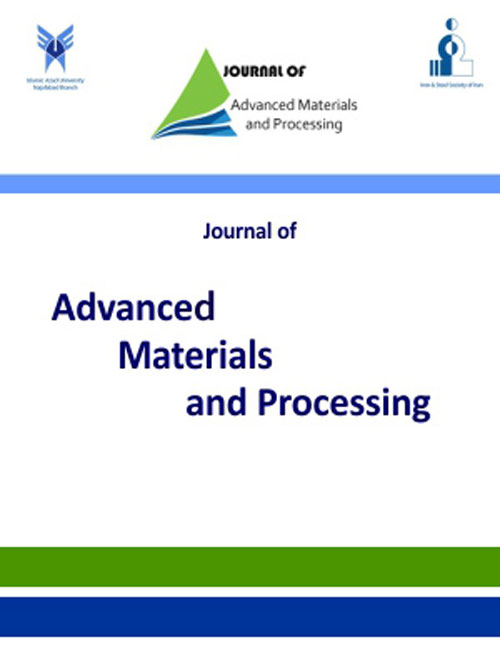Carbon Monoxide Gas Sensor Based on Nanocrystalline SnO2 Thin Film Grown on Al2O3 Substrate
This study addresses the imperative for advanced gas sensors, particularly for monitoring hazardous carbon monoxide (CO), by enhancing nanocrystalline SnO2 thin film fabrication. Control of parameters in the sol-gel synthesis process is systematically explored to mitigate crack formation and enhance SnO2 film quality on uncoated Al2O3 substrates. Leveraging SnO2's n-type semiconductor properties, traditional thin film methods are employed, with a specific focus on overcoming drawbacks through glycerin. Among various fabrication techniques, sol-gel proves cost-effective for producing high-quality, crack-free SnO2 layers tailored for gas sensor applications. The study evaluates sensitivity to CO gas concentrations, improving structural integrity, sensitivity, and stability. X-ray powder diffraction and SEM imaging confirm phase purity and surface morphology, ensuring the absence of impurities or cracks. Integrated with microcontroller-based circuits, the sensors exhibit rapid response and recovery times crucial for real-time gas sensing. The addition of an output circuit with enhanced resolution and stability further enhances sensor performance. Results demonstrate the proposed sensor's capability for rapid response (less than 30 seconds) and recovery times (~39 seconds), crucial for real-time gas sensing. Notably, the sensors demonstrate an admirable sensitivity with a minimum detection limit of as low as 1 ppm of CO gas. Additionally, the study validates the sensor's stability and reliability during prolonged exposure to N2 and 1% CO mixtures, highlighting its potential for personal safety detectors and environmental safety monitoring.


